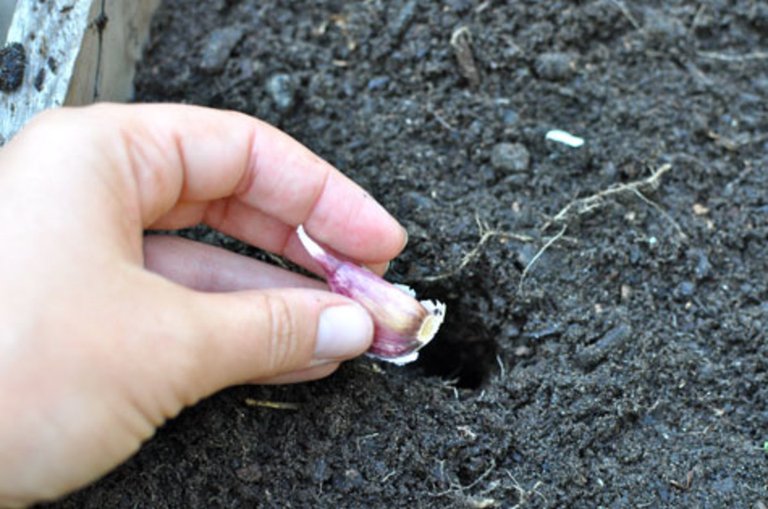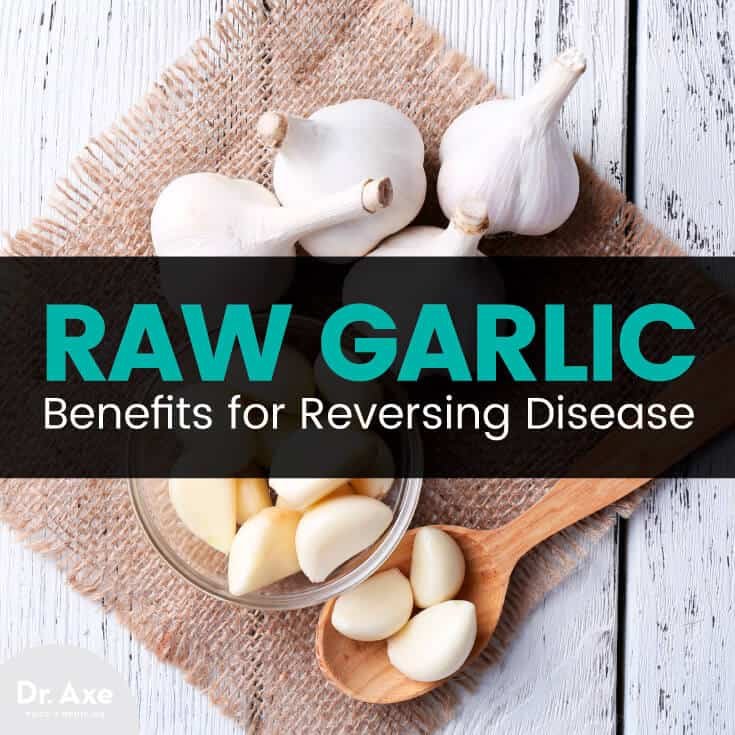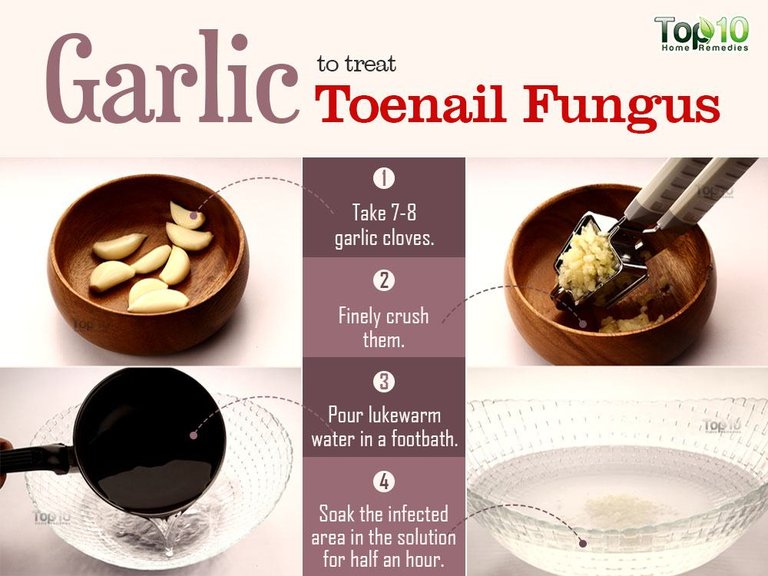For the past 4 years, I have been fascinated by plants! And this fascination has become a passion and an inspiration.
I had been practicing Nursing for almost 3 years in the Philippines when I had a diagnosed of a horrible kidney stones and fatty liver! I was then operated at Manuel J. Santos Hospital, Butuan City and suddenly unable to continue working in the hospital for pain management. I had to turn my life around and start doing something…
After a year, I suddenly suffered asthma attacks due to the ever-present pollution. Allopathy, chemical medicine, helped some. But then I found Lagundi, Vitex negundo, and that was the breakthrough.
A year or two later, I came down with Urinary Tract Infection because of the current stone operation. I found it difficult to urinate that impeded my urge to voluntarily urinate since then I was catheterized, and the problem aroused ,a narrowing of the urethra because of scar tissue caused by repeated catheter use. There is no real treatment option for this problem in the allopathic world of medicine. Again,it was a botanical that did the trick for me: Sambong,Blumea balsamifera
Then I discovered Cocos nucifera, the juice of the young coconut (buko), which helped me greatly to balance my electrolytes and to prevent those painful kindey stone attacks. Nowadays, there is Virgin Coconut Oil to assist with other health problems and to maintain a healthy lifestyle.We have to take a different outlook on herbal medicine which I am going to call “Phytotherapy” because there is already a broad scientific base for its application. We can no longer rely on Ethnobotany for the use and prescription of medicinal plants.
All of these I’m referring to, is the genius Dr. Dietmar J. Rummel’s book: A Scientific Guide to Modern Botanical Medicine (Phytopharmacology/Phytotherapy/ Economic Botany).
Everyday, when I was in the hospital reading by his wisdom and knowledge gave me a great positivity in life and a courage to go on with my life. Trying to divert my sadness to an inspiration, to persevere more and to be healthy, fit and to become a better me in the future.
So today, I am sharing his knowledge to you my fellow steemians! Dr. Rummel gave a great impact in my life, so as to you guys! I am very pleased to help those who have illnesses like my condition as we already know that plants have a large number of chemical substances which gave more than just one pharmacological action; we should exploit more natural products, which in the future will show the cure for many illnesses.
Healthy? Naturally? Feel Good Now!
So without further ado, the first featured botanical plant will be the…





Garlic is a popular culinary item among Filipinos, esteemed as a dish flavoring as well as meat preservative.
Ilocos Norte, Nueva Ecija, Batangas, Mindoro and Cotabato are the most important garlic-producing areas in the country. In the Cordilleras, garlic is only found in the warmer valleys and foothill areas not higher than 500 to 600 m.


The varieties of garlic under cultivation in the Philippines are Batangas White, Ilocos White and Batanes White.
The Bureau of Plant Industry (BPI) has been multiplying high-yielding clones of the Batanes and Ilocos varieties for distribution.


Garlic grows well in clay, alluvial and sandy loam. Sandy loam, properly enriched with fertilizer, generally gives compact and heavy bulbs of good keeping quality.

Like onion, it requires cool weather during the early stage of growth and comparatively dry soil and dry atmosphere and moderately high temperatures for ripening.
The land must be plowed and narrowed first to prepare a fine, firm, smooth and level surface. Fertilizer is applied immediately before the leveling procedure for a thorough incorporation into the field.

Rice straw is spread evenly to a thickness of 5 cm.
The field is irrigated to just saturate the soil. Within a few days, the field is ready for planting.
The cloves are prepared in the afternoon immediately preceding the day of planting. The cloves are carefully separated from each other, sorting out those that are extremely small and difficult to plant, taking care not to cause any injury. Without removing the thick, protective scale, the cloves are soaked in a Malathion solution (3 level tablespoons in 5 gallons of water) for 2 minutes.The solution is drained off when the cloves are taken to the field for planting.
It is best to set the cloves in the field during the months of October and November.
When planting, parallel lines of string, 20 mark the rows apart. The clove is held between the thumb and forefinger, with the roots downward. One fourth of the clove is set into the soil. Press the soil carefully but firmly around and toward the cloves. Planting distance is 20cm.
The application of 250-350 kg of fertilizer mixture by weight of Urea and a 14-14-14 or 21-24-12 fertilizer mixture, or 350-400 kg of a 2:1 mixture by weight of Ammonium sulfate and a 14-14-14;or 12-24-12 fertilizer mixture is spread per hectare of land.
Garlic needs only irrigation when the soil becomes really dry. Weeds have to be removed as they appear.

Cloves



*It has antibacterial (antibiotic) , antifungal and antiprotozoal activity.
*Some fungi, for instance Trichophyton spp., Microsporin spp., and protozoa (Trichomonas) are susceptible to allicin.
*German and Indian scientist found garlic to be hypolipemic (anti-cholesterol) and fibrinolytic. It reduces blood viscosity and blood clotting and is thus anti-thrombosis. It is also hypoglycemic (reduces blood sugar).
*It is both a diuretic and a vasodilator to reduce hypertension.
*It is an expectorant, diaphoretic and diuretic.
*In traditional Indian medicine, it is extensively used for cardiac disorders, chronic fever, gout, mental retardation, ossification of fractured bones, poor eyesight and sciatica.
*It is called the "Russian penicilline" because of its strong antibacterial properties.
*Allicin, a sulfur-containing compound, is found mainly in the bulb. It inhibits a wide variety of Gram-positive and Gram-negative bacteria.
*When the bulb is crushed, aliin (S-allyl-L-cystein-sulfoxide) is converted into allicin (allyl disulfoxide).
*Volatile oil, 0.9%; fat, 1.3%; carbohydrates, 0.2 %; ash, 9.4%; chlorine, 0.7% ;myrosinase, protein; inulin; allylpropyl disulfide; allyl disulfide.
*In the leaves: protein, 1.2%; fat, 0.5%; sulfides
Garlic contains a very interesting element Germanium, which is able to protect the human organism against carbon monoxide poisoning (i.e., exhaust fumes), effective at 30-150 mcg.

1.Garlic Syrup as an expectorant in (whooping) cough and as a diuretic

- Extract 20 ml of garlic juice and add 40 ml of gin. Allow the mixture to stand for 2 weeks and then filter. Then mic with 80 g of sugar, 20 ml of vinegar, plus 20 ml of water.
- The daily dose is 2-8 ml.
2.Oil extract for the prevention of atherosclerosis, hyperglycemia(diabetes) and blood clotting

- Clean and wash 100 gm of garlic and chop or cut into fine slices.
- The formula for oil extraction with cholesterol-free natural oil (e.g. “mantika”) for ingestion is E/D 2:1 (two parts of oil and one part of drug).
- Heat cautiously without boiling to 50-70 °C for approximately 30 minutes or until the plant parts look crisp.
- Occasionally, opaque white streaks or clouding will show in the oil due to the moisture in the fresh plant parts; continue heating and stirring until they disappear.
- Cool, strain.
- Take 1-3 tablespoonful (or more) 3 times per day during your meal.


*Irritating if ingested on an empty stomach.
*Not to be recommended for use in pregnant or lactating women.
*Concentrated medical preparations should not be given orally to children below 12 years of age, unless the dose is carefully adjusted.
*Should be used fresh; the antibiotic properties decrease with storage.

Great potential as a hypotensive (against hypertension) and anti-aging product for its anti-arteriosclerosis action: in capsules with “aged” or “deodorized” and possibly spray-dried extract.

Garlic is also of interest in hair (and foot products) as an antibacterial, antifungal and conditioning agent (deodorized extract, of course).

CONCLUSION
Garlic is often widely used as a condiment in cooking that adds flavor on food and also serves as a therapeutic herb that could treat variety of illnesses.
I hope this has been informative to you. Thanks for dropping by. Until Next time...
This is Annesaya and this is me with the Wonder Garlic:

Reference:
A Scientific Guide to Modern Botanical Medicine
By: Dr. Dietmar J. Rummel
i agree with this. Garlic has been widely used as medicinal plant. It can even disinfect a wound
this is amazing! great post
Want a boost? Click here to read more!
Garlic is definitely high on the antioxidant list. I like it in vegetables.